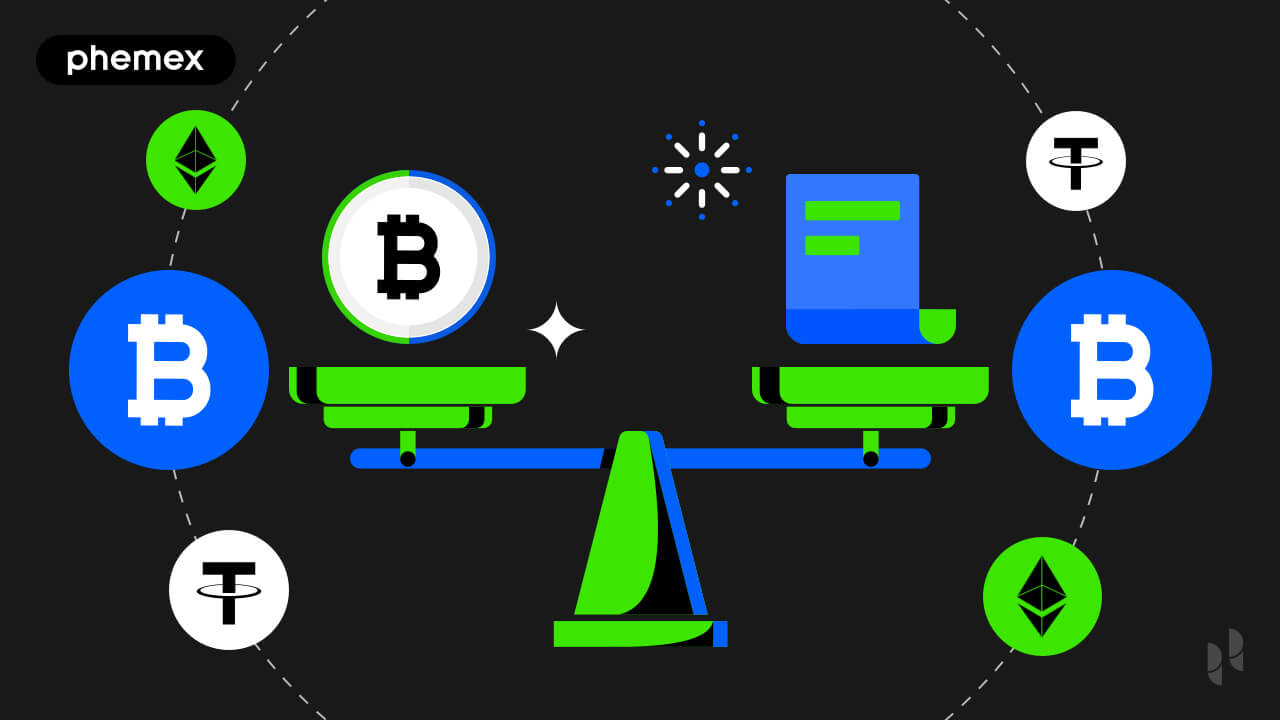Over the years, cryptocurrency trading has developed significantly. It now offers a variety of products and services. Two of the most popular options are perpetual swaps and futures. Futures and perpetual swaps. They are derivative contracts that allow traders to profit both from rising and falling cryptocurrency prices, without having to own them. Traders often fall victim to funding rates which can have a drastic impact on their trading. We will examine the funding rates in Perpetual and Swaps and show how they could be a trap for traders.
Perpetual Swaps

Perpetual Swaps, also known as “perps”, are a type of cryptocurrency derivative contract that resembles future contracts in many ways. The traders can speculate on the future price movements of a digital asset, without actually owning it. Perpetual swaps differ from traditional futures contracts because they do not have an expiration date. Futures contracts have an expiration date, but they work in the same manner. Perpetual swaps allow traders to trade and hold their positions indefinitely.
The funding rate is a key feature of Perpetual Swaps.The funding rate maintains the price of the perpetual swap in line with the spot price of the underlying asset and is usually calculated and paid at regular intervals.
Many traders fall prey to the funding rate trap when they don’t fully understand their work. Unskilled traders can pay high funding rates because they don’t understand the impact of their trading strategies.
The funding rate is determined by factors such as market demand and supply. The funding rate is adjusted when the perpetual swap trading price diverges from the spot price. This encourages traders to bring the price in line. Long position holders can fund short position holders if the perpetual swap trades above the spot rate.
Future Contracts
The other popular method of trading cryptocurrencies is through futures contracts. Perpetual Swaps and similar contracts allow traders to speculate about future price movements for digital assets. Futures contracts, however, have a fixed expiration date. Trading futures requires traders to choose a contract and a maturity date.
Perpetual swaps also have funding rates. However, they are different. Funding rates are used in future trading to ensure that futures prices closely track the spot price of underlying assets. These rates are usually settled daily and the mechanism depends on the exchange rate as well as the specific futures contract.
Funding Rates for Perpetual Swaps
Perpetual swaps, in particular, are prone to the funding rate trap. Funding rates are highly variable and traders may not understand how they impact their positions.
Market Sentiments
Market sentiment influences funding rates.Most traders face a significant skew in funding rates when they all take the same position. If the market is flooded with long (bullish) positions, short-term traders might incur substantial funding fees.
In a bearish environment, holders of long positions could face high funding charges. Traders who do not take into account these factors could end up in a negative position.
Compounding Costs
Over time, funding fees can have a significant impact on the profitability of a trader. The compounding effect can reduce a trader’s gains if they hold a leveraged Perpetual Swap position for a long period, even if their asset price moves in the direction that the trader wants.
Forced Liquidation
High funding costs can force the liquidation of a leveraged position. Trading positions may be closed if a trader is unable to cover funding fees and costs. This can result in losses. This is especially dangerous for traders who use high leverage.
Mitigating Perpetual Swap Funding Rates Trap
To avoid the funding rate trap, traders should use basic trading strategies.
Regular and Continuous Monitoring
Traders should always monitor funding rates, and keep an eye on the mood of the markets. They can make better decisions by staying informed.
Diversification
Using only one trading strategy is risky. Diversifying trading strategies will help you offset the negative impact of a high funding rate on your portfolio.
Risk Management: A Practical Approach
A proper risk management strategy, which includes stop-loss orders and avoiding excessive leverage, can protect traders against the adverse effects of funding rate fluctuations.
Falling into traps: Funding rates in Futures
Futures contracts come with their funding rate traps, which traders should be aware of.
Roll-Costs
Futures contracts are subject to expiration dates. As the date approaches, future prices must converge toward spot prices. Traders who wish to keep their positions must “roll” contracts, which means closing the expiry dates. Rolling costs like these can reduce profits, particularly during times of high volatility.
Inefficient Tracking
Inefficiencies can occur despite the best efforts to maintain the future price near the spot price. It can lead to discrepancies in the price between the future and spot prices of an asset. This can cause traders to suffer unexpected losses.
Futures Funding Ratio Trap Mitigation
Futures traders should consider these strategies to avoid the fund rate trap.
Keep an eye on expiration dates
Understanding your future contract expiration dates is essential. To avoid costly and potentially damaging losses, traders must be ready to exit their positions before contracts expire or roll them.
Reliable Exchanges
Trading in futures contracts requires that you choose a reputable exchange. Reputable exchanges offer better tracking mechanisms which can reduce price discrepancies.
Plan Ahead
The fund rates and the roll costs must be considered when planning trading strategies. When deciding on profit targets and loss levels, traders should also consider potential expenses.
The conclusion of the article is:
Trading Perpetual Swaps or Futures Contracts on the crypto market is impossible without a good understanding of fund rates. If traders do not understand the implications, the rates may become a trap. To be successful in trading these derivatives, you need to remain informed, use risk management strategies, and have a clear plan that takes into account the fund rate impact on your positions.




